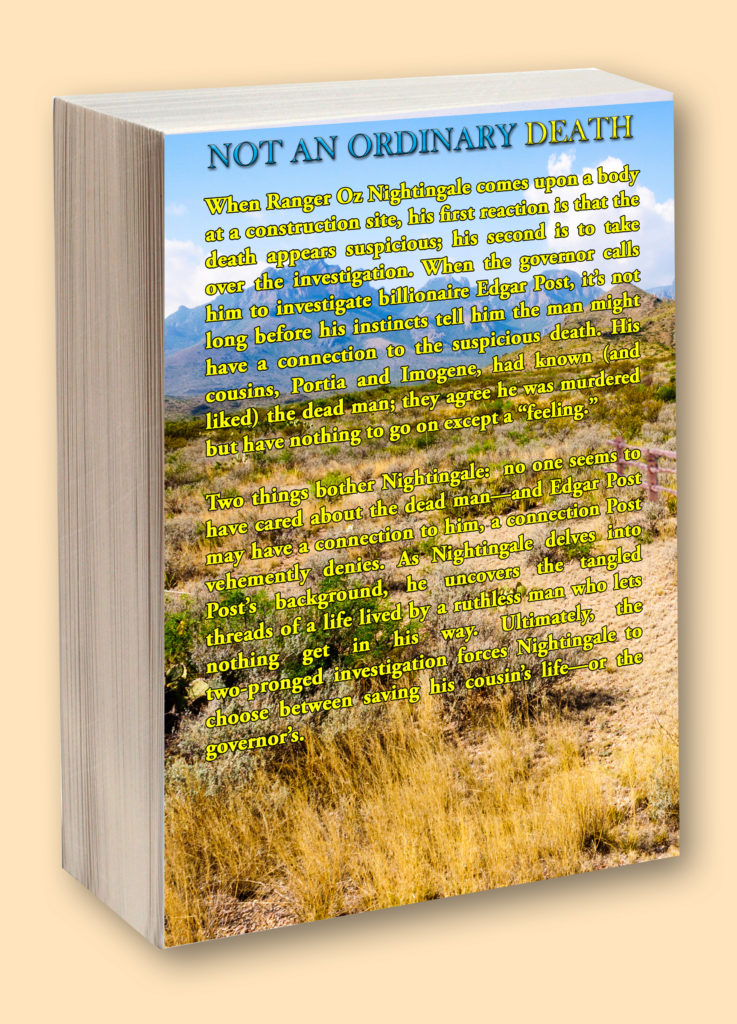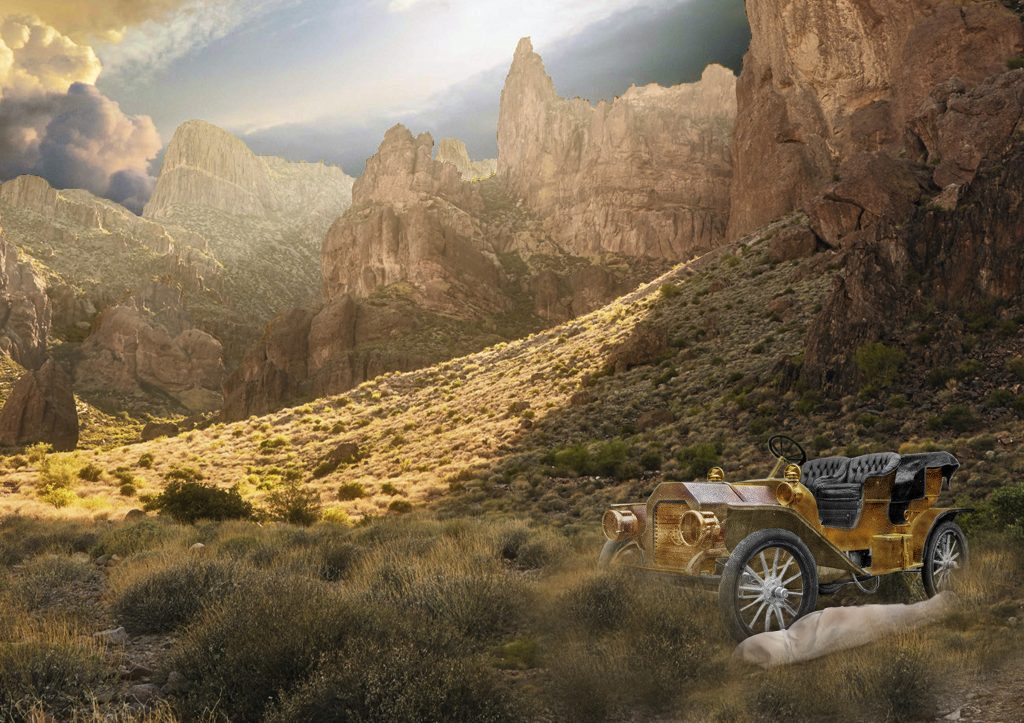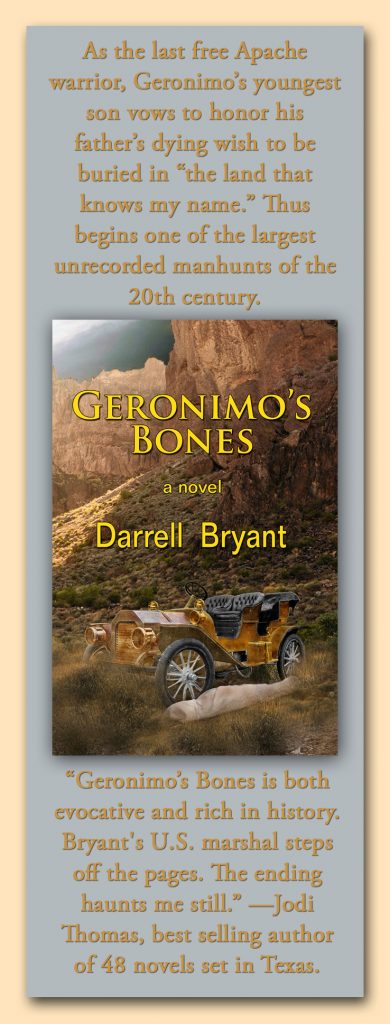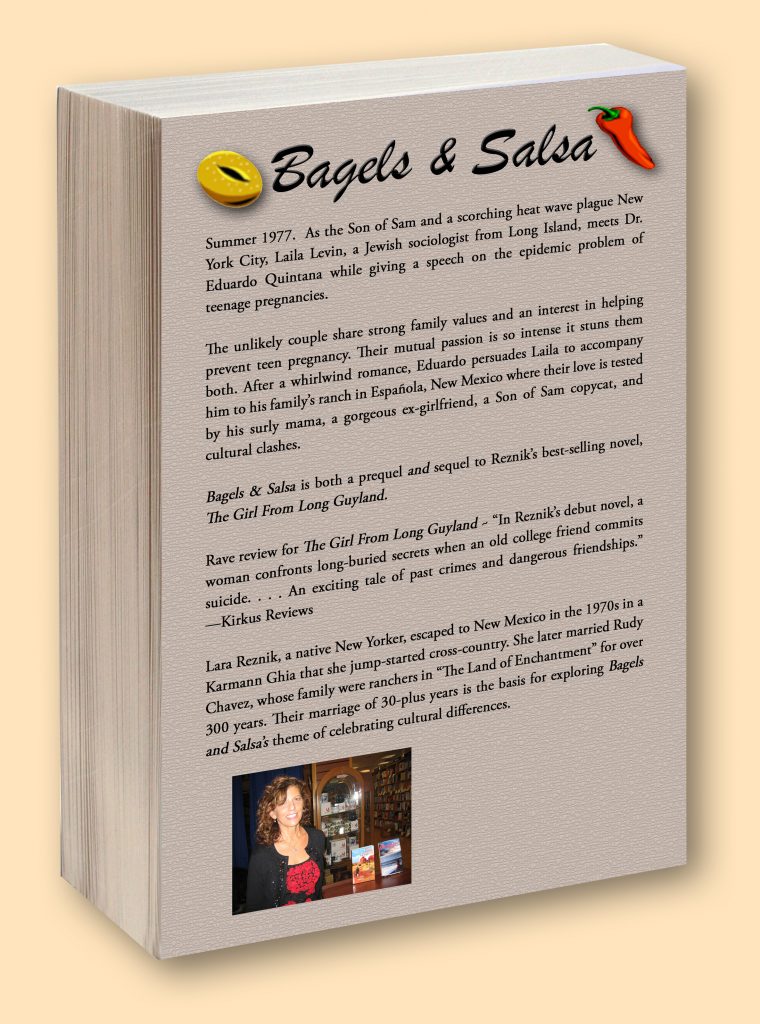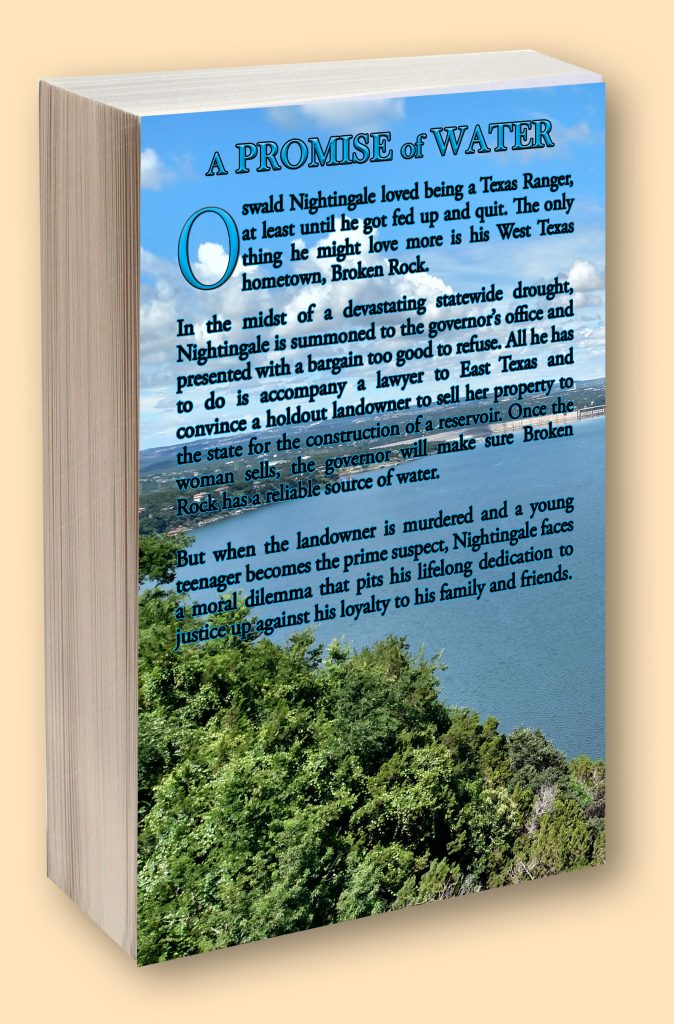If the title of this page is black, and/or you see the fighter-pilot header, click on the title to view the featured-image header.
At the end of a previous post subtitled as “Tosh’s Book Cover Gallery,” I noted the titles of three novels currently in work with my interior and cover designs. In Update 1 to the Gallery, I shared 3D versions of the front and back covers of the print edition for one of the three. In Update 2, I repeated that share with another of those novels. This Update 3 is jumping the gun a little, because the novel has not yet been published, but I have sufficient reason of my own to share it prematurely.
Like many of my friends and fellow writers in Novel In Progress—Austin, Darrel Bryant has been tirelessly writing for years and dealing with all of the obstacles to getting an agent and a contract with a legacy publisher. To hear him describe the process, he writes novels, sends them to agents, receives rejection letters, archives the latest effort, and begins writing another.
A few years back he asked me to read a completed draft of Geronimo’s Bones. I did that and immediately accused him (jokingly) of having hired a ghost writer. In my opinion, it was the finest writing I’d ever seen from him. And that’s saying something, because in my opinion, he’s very, very good at creating stories, from historical fiction set in the Middle Ages to science fiction centuries in the future.
Since electing to go Indie in November, 2011, I’ve been waiting patiently for Darrell to finish revising the manuscript so I could nudge him away from the normally barricaded on-ramp to legacy publication and onto the wide-open Indie highway. In late March, 2017, I got an email from him about going that route with Geronimo’s Bones, and it appears that about a year later, we’re getting close.
Designing the cover for this novel has been a bumpy ride for a number of reasons, and that description relates directly to the challenge of finding a suitable photo of a touring car from the early 1900s to overlay on a landscape background. I obviously couldn’t use an image of a fully restored car from an antique auto show, but over the course of a few weeks I did come across a magazine article about a group of car buffs who take pride in owning and driving the most original cars they can find.
My first effort involved a color photo of an REO Lansing Touring Car with lots of rust, ripped upholstery, and a torn fabric top. Perfect! I began working with the image in Photoshop while trying to get permission to use it. Unfortunately, I never received a reply and had to abandon that possibility. (As a postscript to the saga behind the first car, months later I found that the magazine editor had replied, and he seemed open to the request. But he sent it to my website email rather than the email I listed on the contact form, and I missed it.)
I found a second photo of an unrestored touring car that the owner wanted to sell. I began working with it while trying to contact the seller, again to no avail.
My third possibility was for sale on eBay. Not the car, but a photo taken in 1908 or ’09 of another REO Lansing. The seller had restored the photo and was offering copies for $11.00 each.
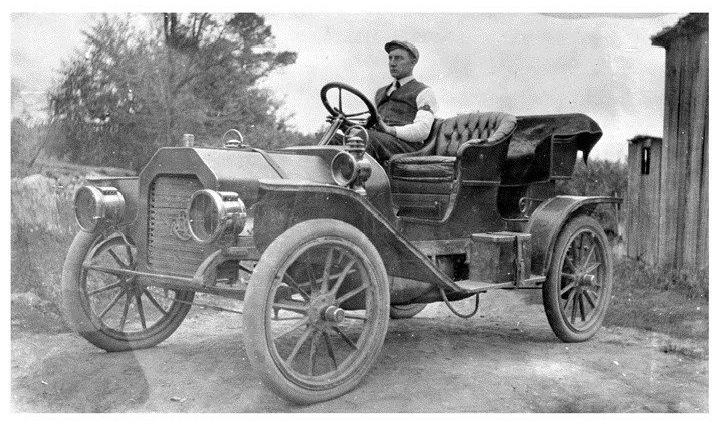 That began an exploration into using tools in Photoshop I was familiar with and some more that I’d never tried, to accomplish the following:
That began an exploration into using tools in Photoshop I was familiar with and some more that I’d never tried, to accomplish the following:
- Extract the car from the background.
- Remove the driver, which required that I also remove his seat.
- Copy the remaining seat to replace the one I removed.
- Colorize the image, but not so that the car appeared brand new.
- Position it on top of the background and make it appear to be part of the landscape rather than being pasted on.
It took a long time, and the effort included pestering my good friend, fellow writer, and artist John Jones with a continuing series of questions about how to use unfamiliar Photoshop techniques. Being the gentleman that he is, he won’t accept any credit in the book, but I can extend it to him here.
Here are 3D versions of the front and back covers of the paperback edition of:
Geronimo’s Bones by Darrell Bryant



